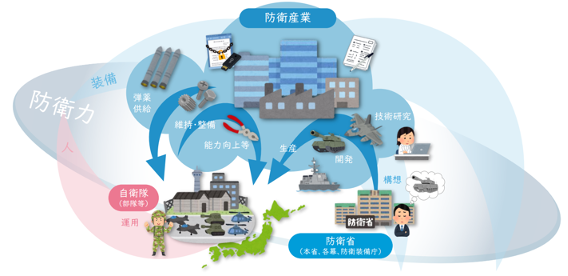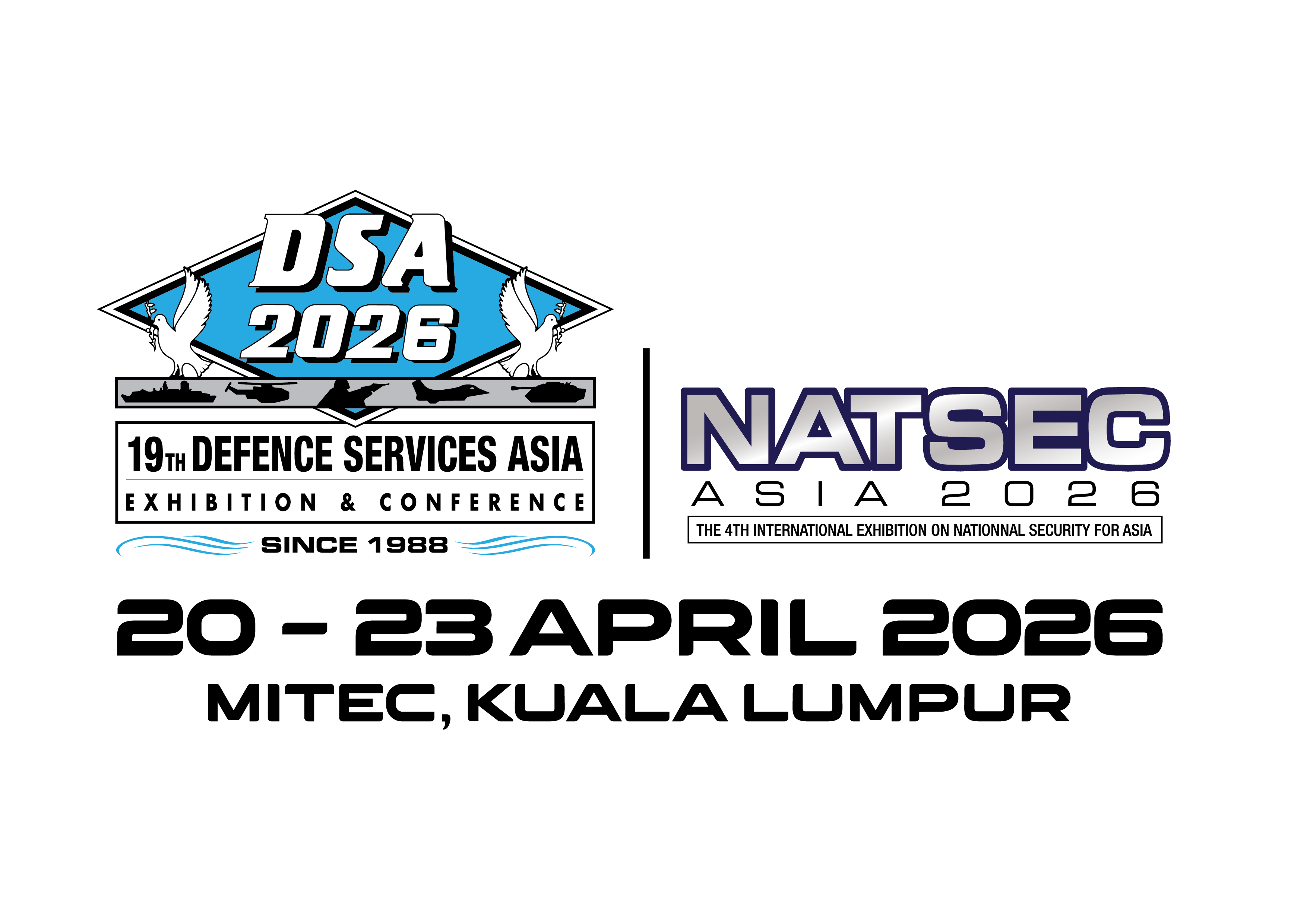INDUSTRY NEWS

Japanese Government Releases New “Defense Industry Subcontracting Guidelines”
April 14,2025
By:NSBT Japan
On March 24, the Japanese government released new defense industry guidelines governing transactions between major defense companies and their subcontractors.[i]
Developed by the Acquisition, Technology, and Logistics Agency (ATLA) in collaboration with the Ministry of Economy, Trade, and Industry (METI), these guidelines aim to enhance support for small and medium-sized enterprises (SMEs) contributing as subcontractors in the defense industry’s supply chain while also encouraging new entrants into the sector. A key focus in the development of the guidelines was to eliminate the practice of “low-cost purchases,” in which subcontractors receive less than the agreed-upon amount from prime contractors.[ii]
About the New Defense Industry Subcontracting Guidelines
The new “Guidelines for Promoting Fair Subcontracting Transactions, etc. in the Defense Industry”[iii] marks the Japanese government’s first publication of guidelines specifically addressing transactions within the defense sector. The guidelines were formulated to address issues specific to the defense industry and to outline desirable ways of conducting business on themes such as production and ordering methods. It follows similar guidelines issued over the years for various other industries, including machinery, aircraft, and shipbuilding.[iv]
While not legally binding, the new defense industry guidelines are designed to help determine whether a company violates the Subcontract Act. This particular act aims to prevent delays in subcontractor payments, ensure fairness in transactions between prime contractors and subcontractors, and protect subcontractors’ interests. The guidelines were thus formulated with the intention of making it easier to assess whether a particular case violates the Subcontract Act. If suspected violations arise, the government can now take corrective action.[v]
For example, in the case of potential “low-cost purchases,” price reductions are typically expected through manufacturing efficiencies or bulk purchasing of components. However, when formulating the new guidelines, METI and ATLA sought to clarify that if these price reductions are set without adequate discussions between prime contractors and subcontractors, resulting in subcontractor payments being set well below the usual fair compensation, this could violate Article 4, Paragraph 1, Item 5 of the Subcontract Act, which addresses unjustified price reductions.[vi]
The susceptibility of subcontractors to such unfair practices stems from the fact that defense equipment manufactured in Japan for domestic use is almost entirely ordered by the Japan Ministry of Defense (JMOD) and the Self-Defense Forces (JSDF). Furthermore, only a limited number of prime manufacturers are capable of providing complete products, resulting in subcontracting companies having a restricted customer base. This, in turn, can lead to prime defense contractors imposing unfair demands on their subcontractors.[vii]
Formulation of the New Guidelines and Prospective Follow Ups
In December 2022, the Japanese government compiled a new National Security Strategy, which emphasized the need to “build a strong and sustainable defense industry”.[viii] At the same time, the Ministry of Defense (JMOD) outlined in its Defense Buildup Program the necessity for both JMOD and the JSDF to enhance the appeal of the defense industry to private companies.[ix]
In 2023, ATLA and METI began developing the new guidelines for defense industry subcontracting practices to enhance the sector’s resilience. The two government agencies formed a study group, which met four times over three years, bringing together experts and industry associations to promote fair subcontracting.[x] Interviews with 106 companies were also conducted to assess the state of transactions in the defense industry. Based on this analysis, industry characteristics were identified, business concerns were highlighted, and relevant laws, including the Subcontract Act, were examined.[xi]
Moving forward, it is envisioned that the guidelines will encourage new subcontractors to enter the defense industry and strengthen external monitoring of the sector. The government also plans to follow up on the guidelines and ensure their widespread adoption through various business sector-level and agency-led initiatives[xii]
On the business side, initiatives include encouraging defense industry associations to promote and thoroughly implement the guidelines among their member companies. Additionally, both prime contractors and subcontractors should actively use the guidelines to establish a common understanding during transaction negotiations.
At the government-agency level, METI and ATLA plan to promote the guidelines and conduct periodic reviews. In collaboration with the Small and Medium Enterprise Agency, Regional Bureaus of Economy, Trade and Industry, and other relevant agencies, “Subcontractor G-Men”[xiii] will be asked to conduct hearings with businesses to ensure fair trade practices. Meanwhile JMOD will engage in open discussions with the defense industry to explore ways of achieving fairer procurement practices.[xiv]
Conclusion
Given Japan’s record-breaking defense budget of 8.7 trillion yen (approximately 58 billion USD) for the fiscal year starting April 1, it is vital that the Japanese government provides support for SMEs within the supply chain while also promoting new entrants into the defense sector. This support is particularly crucial for strengthening Tokyo’s defense industrial partnerships and market integration with like-minded countries, especially as joint projects with partner nations expand. A key example is the Japan-United Kingdom-Italy Global Combat Air Programme (GCAP), where Japanese manufacturers are expected to play a significant role in manufacturing high-tech defense equipment with Japan’s partners in a cross-border capacity, involving subcontractors at various levels.
1 USD = 150 JPY
Source:
https://www.asianmilitaryreview.com/2025/04/japanese-government-releases-new-defense-industry-subcontracting-guidelines-nsbt/?utm_source=newsletter&utm_medium=newsletter&utm_campaign=newsletter

